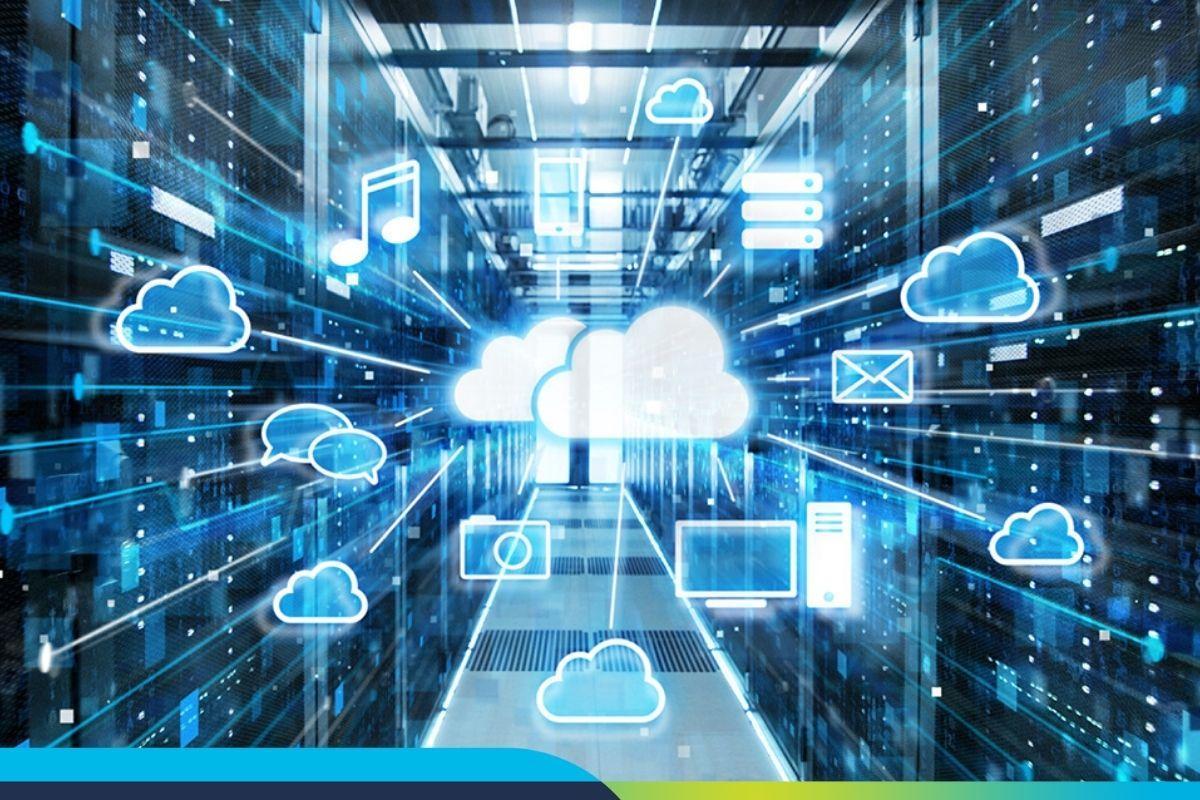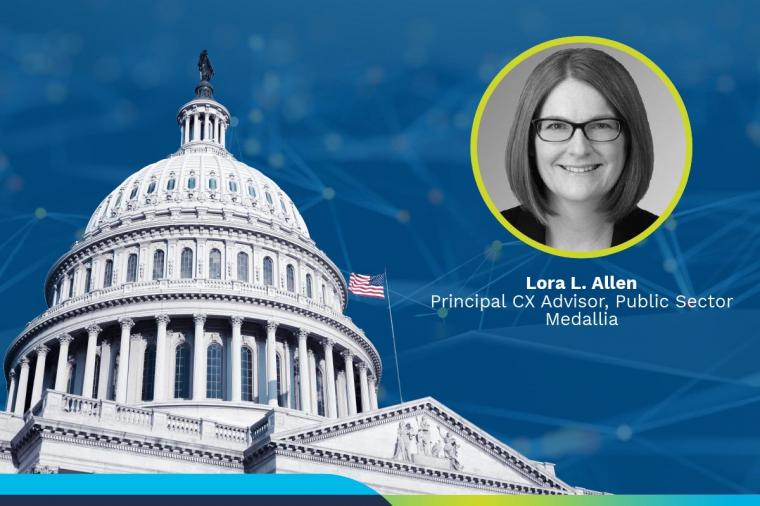How the Government Can Leverage Artificial Intelligence and Machine Learning on Azure

What is the difference between AI and ML?
Artificial Intelligence and Machine Learning are two of the most transformative technologies in the computing space that are changing the world in which we live. However, there is often confusion in in what constitutes Artificial Intelligence, and what constitutes Machine Learning.
In simplified terms, Artificial Intelligence is used to simulate the human though process, meanwhile Machine Learning is computers analyzing historical data, then making decisions based on that data without being explicitly told which decision to make. Machine Learning is considered a subset of Artificial Intelligence.
What has allowed AI and ML to grow in popularity over the decades?
The continuation of Moore’s Law (the roughly doubling of compute performance every 18 months due to improvements in CPU architecture and manufacturing processes) has allowed for more efficient, powerful compute devices. These efficiencies have empowered engineers and data scientists to write more complex algorithms that can solve larger problems. Additionally, the growth of the internet has created large quantities of data which would be impractical if not impossible for a human to interpret manually. These workloads naturally lend themselves to AI.
Why cloud computing is a game changer for AI/ML
The biggest driver of the growth of AI and ML technologies in recent years has been the cloud. Previously the compute power needed to develop and test algorithms required large capital expenditures on compute, storage, and networking hardware, limiting AI/ML technologies to the largest institutions. Due to the invention and growth of cloud computing, the barrier to entry for leveraging AI has dropped significantly.
The accessibility of the cloud has been a game changer for AI/ML. Services such as Azure Machine Learning allows data scientists to focus on their models/algorithms while no longer being bottlenecked by access to the infrastructure to run those models.
How can the Public Sector leverage AI/ML services on Azure?
The Government will need to make the most out of AI and ML technologies if America is to remain ahead of the growing capabilities of adversarial nations, with the DOD leading the way.
The National Security on Artificial Intelligence (NSCAI) reported last year that the DOD will need to invest at least 3.4% of their annual budget into R&D for AI if the United States is to remain competitive in this space. These investments represent significant increases in current spending and will be necessary going forward.
Current Initiatives that seek to leverage AI/ML in the DoD include but are not limited to:
- Machine‐Assisted Analytic Rapid‐Repository System (MARS)
- JADC2 Initiative
- JEDI contract
- JWCC contract
- COVID research
- Satellite image tracking
These investments and their outcomes can provide a blueprint for other agencies to follow in their adoption of AI/ML.
Overview of Azure’s AI and ML offerings
Microsoft Azure is at the forefront of cloud‐based AI/ML offerings, empowering Data Scientists to test and improve their models.
Azure Machine Learning
Empower data scientists and developers to build, deploy, and manage high‐quality models faster and with confidence. Accelerate time to value with industry leading MLOps (machine learning operations), open‐source interoperability, and integrated tools. Innovate on a secure, trusted platform designed for responsible machine learning (ML).
Speech Services
Build voice‐enabled apps confidently and quickly with the Speech SDK. Transcribe speech to text with high accuracy, produce natural‐sounding text‐to‐speech voices, translate spoken audio, and use speaker recognition during conversations. Explore with a no‐code experience and create custom models tailored to your app with Speech studio.
Language Understanding Intelligent Service (LUIS)
Build applications with conversational language understanding, a Cognitive Service for Language feature that understands natural language to interpret user goals and extracts key information from conversational phrases. Create multilingual, customizable intent classification and entity extraction models for your domain‐specific keywords or phrases. Train in one natural language and use them in multiple languages without retraining.
Cognitive Services (Computer Vision)
Boost content discoverability, automate text extraction, analyze video in real time, and create products that more people can use by embedding cloud vision capabilities in your apps with Computer Vision, part of Azure Cognitive Services. Use visual data processing to label content with objects and concepts, extract text, generate image descriptions, moderate content, and understand people's movement in physical spaces.
Bot Framework
Build and connect intelligent bots that interact with your users using text/SMS, Skype, Teams, Slack, Microsoft 365 mail, Twitter, and other popular services.
We are barely scratching the surface of what AI/ML are capable of. As time progresses, governments, businesses, and institutions will leverage AI to solve existing challenges and uncover new ones. DLT can be right there with you every step of the way helping you navigate the evolving AI/ML landscape.
To learn more about how DLT can help you leverage AI/ML on Azure, download the flyer and contact your dedicated government account representative at azure@dlt.com.













































